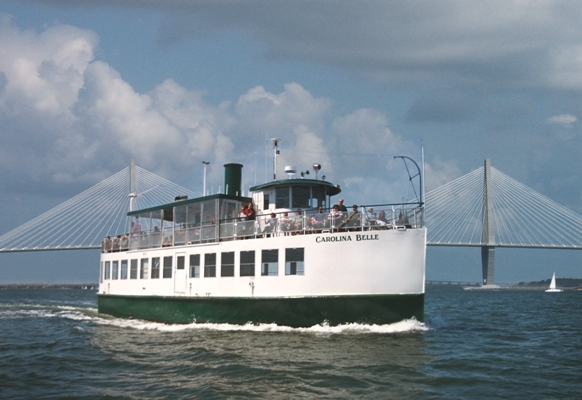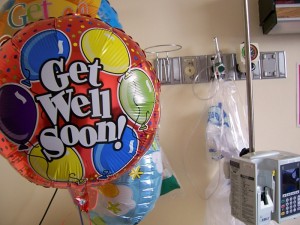 The below question is answered by Dr. Richard M. Kline of The Center for Natural Breast Reconstruction.
The below question is answered by Dr. Richard M. Kline of The Center for Natural Breast Reconstruction.
I lost my implants in 07 due to an infection from my lymphedema. I had both removed and didn’t have reconstruction since the prior surgery was a failure. I have scaring from radiation in 2001. I’d like to think about reconstruction again BUT afraid of failure due to the scaring. Do I have options? Really would rather not have implants, I’ve both types, didn’t like either but would accept silicon over saline.
Hello,
Natural Breast Reconstruction almost certainly represents your best chance for a successful reconstruction, even with your past unfortunate experiences. If you have adequate donor tissue in your abdomen, buttocks, or thighs, there is an excellent chance that it can be used for your reconstruction. Your past surgeries and history of radiation may affect the final appearance of your breasts due to effects on your skin, but they usually have no impact on our ability to successfully transfer your donor tissue using microvascular techniques. If you’d like more info, we could have our nurse Chris call you. If you wanted to send pictures, that would also be very helpful.
Thanks for your inquiry.
Richard Kline
Center for Natural Breast Reconstruction
Have a question about breast reconstruction question you’d like answered? Just ask us!














